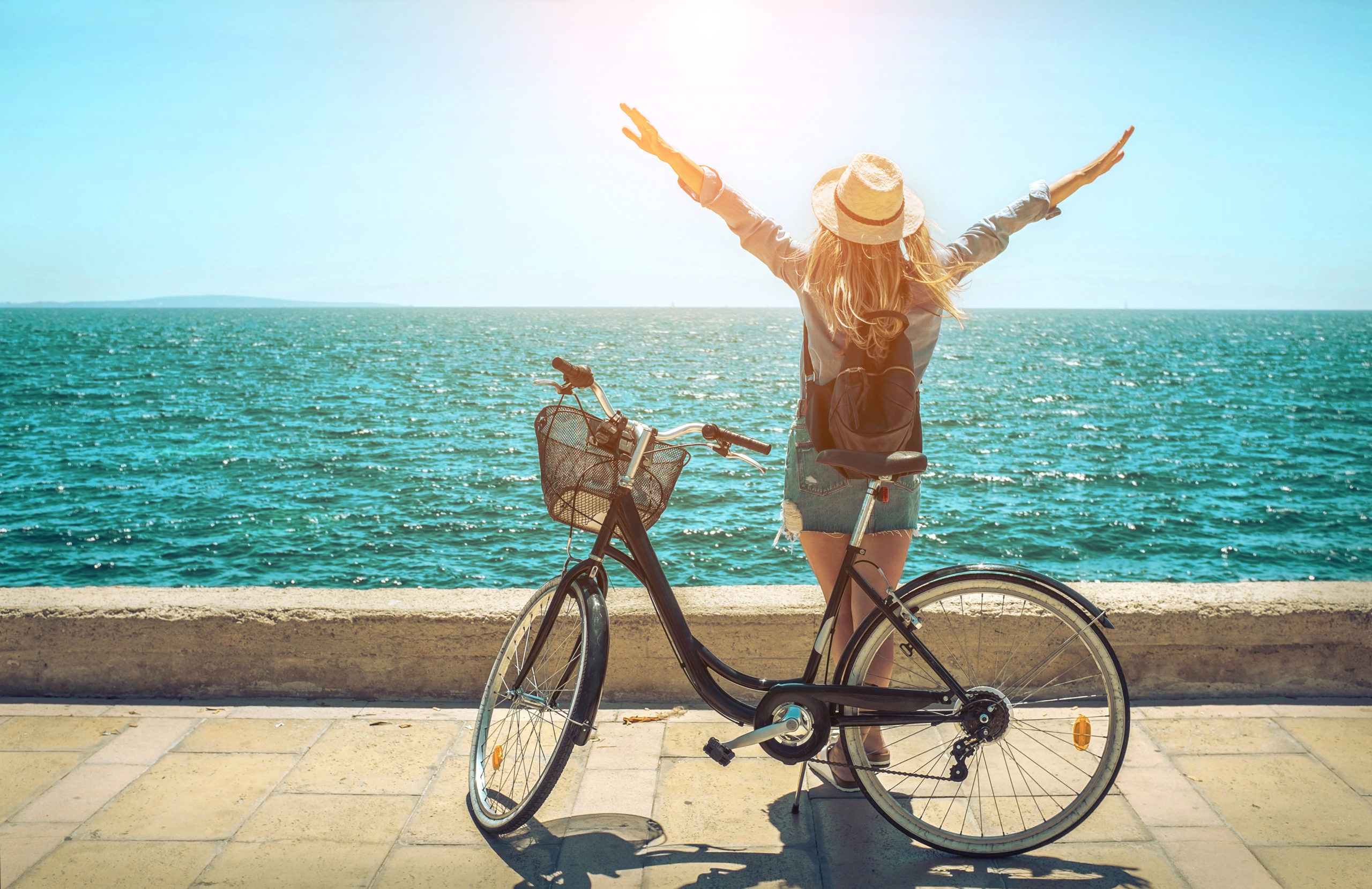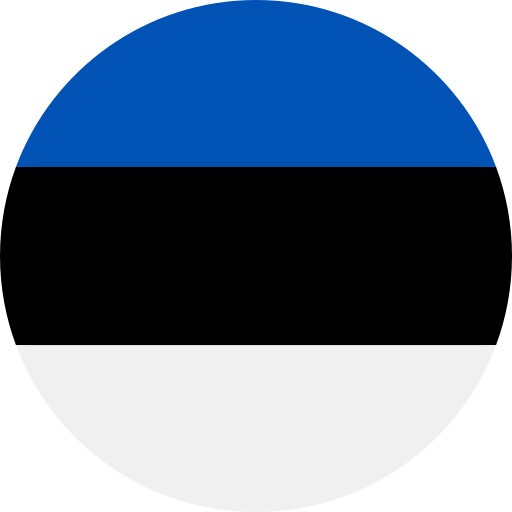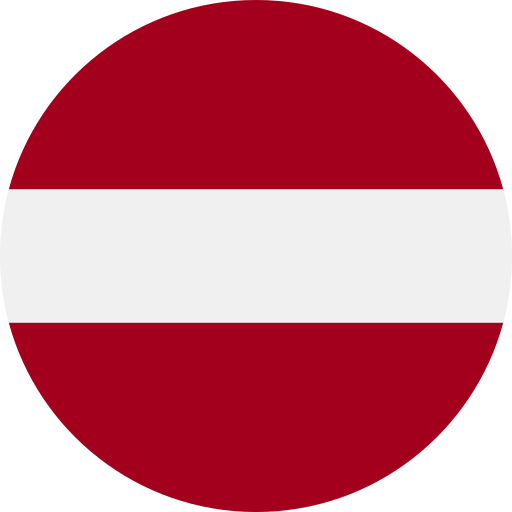
RATTAOST is an intimate activity, because it is based on the buyer’s wallet, interests, his or her commutes and personal sense of style and mobility. Velomarket specialists can help you choose the bike that’s right for you – there are affordable, modern and sporty models to choose from, but you can often combine all of these needs into one bike. Owning a bike, on the other hand, costs on average just 10-20 cents a day.
It’s a chicken-and-egg question: which end of the spectrum to start shopping for a new bike – wallet size or need? According to Edit Kauts, store manager at Velomarket, customers usually come to the consultations primarily to discuss lifestyle – their sense of taste and their actual riding needs. Regardless of the price bracket at which a new bike is initially purchased.
“And if in the end it turns out that a slightly more expensive model than the one initially chosen is actually suitable, this problem can be overcome. The price differences are not big and you can always pay by instalments,” she suggests. “We’re big cyclists ourselves with the whole family, so we understand very well that there can be a completely different model for each person.”
Buying a bike could also be seen as an investment in your freedom of movement, your active and sporty lifestyle and your health. The bike will last at least five years as a companion. “That’s for those who really drive every day – even in winter! – and just grow out of their wheelhouse. Even those who come to buy a new bike years later usually have the previous bike in good working order, but it turns out that it has been given away to younger relatives,” Edit Kauts laughs. By running a bike shop, he has become like a family doctor for many families, occasionally checking on the family’s cycling needs and giving advice.
Investing in a bike pays off quickly
According to Editi, if the bicycle is used consciously and well maintained, it will last 20-30 years. “Maybe more. In our workshop, we also service bikes that are half a century old and older. But over the years, anything can happen and you always end up back in the workshop or choosing a new bike.”
The beautiful, stylish and durable urban bike models start from €199 at Velomarket, while the children’s models are even more affordable at €149. “So if you calculate that the average lifespan of a bike, before you want a new and more powerful one, is about five years, and you ride a bike every day, it only costs 10-20 cents a day to own a bike. And next to walking, it’s probably the cheapest and healthiest way of getting around. But definitely faster and more convenient! Cities around the world are getting their citizens on their bikes to reduce the burden on public transport and traffic. Here in Kalamaja we see that it works very well. Happy and beaming customers enter, talking about where they came from and what they discovered today. It’s like a sporty family – if necessary, we’ll re-inflate the tyres, or put the off-road wheels back where they belong.”
It was because of the great interest and demand from customers that the family shop, which until then had only sold city bikes, started to bring the well-known sports brand Kona bikes to the country. “Now we can see it directly, that the emergency situation and health crisis, which has included a large number of home passages, has also driven all those people to the forest roads, who before perhaps kept away from bicycles and preferred more electronic means of transport.” Trends have changed rapidly. “Cycling has now become both an essential form of transport and a natural part of a healthy lifestyle – getting out into nature and the forest, on gravel roads, is once again appreciated by hobby cyclists.”
How much do you need to invest in a bike?
As Kauts, the shop manager of the family business, has already suggested, the bike is one of the best investments ever – you have the freedom to go and come whenever you want. And, of course, it is an investment in health. “What kind of insoles are needed will still be determined during the consultation and will depend largely on how the buyer is going to use their new bike most of the time,” she says.
“If he’s cycling in the woods, he’s going to need pore boards, water bottle holders, definitely a spare set of rubber. If he wants to go to the shops every day on his bike, proper baskets, luggage racks and other containers are the answer,” he teaches. “The wheel is such an intimate companion that it reflects its owner’s character and actions very well. Tell me what your bike is and I’ll tell you who you are!”
“In any case, we always recommend the addition of a bicycle clock if it is not standard on a particular model. It’s a way to make yourself heard on the road, and that need is usually always unexpected,” she says. “Security is the first thing to think about. And then on comfort and style. If the bike is your daily companion on many of your trips, you should also factor in the extra investment in the form of baskets, lights and visors, a computer and a helmet.”
What additional information should be included?
“Every bike should therefore be equipped with a bell, which also comes in a wide variety of shapes and designs,” Kauts lists. “Definitely reflectors and lights, but many bikes already come with them as standard equipment.”
If at least once or twice a week you need to take something with you on a bike ride – a newspaper, snacks and drinks for the beach, running gear, flowers for the neighbour in the next village – then Kauts says you should equip your bike with at least one decent basket – some models already come with these as standard. “But if you’re going to do some serious shopping on a bike, you also need to put a heavy-duty pannier frame and pannier basket on the bike – the front pannier basket might not hold up,” explains Edit Kauts.
According to the woman, a safety lock should also be part of the basic equipment and should always be attached to the bike. “If you cycle a lot, you’ll still end up in places where you’re not known or where you don’t know or trust your surroundings, so you should always lock your bike safely,” he advises.
A helmet protects your brain
The helmet’s most important function is to protect your head from damage in the event of any unexpected accident or fall. “Always put on a helmet before getting on your bike and heading out into traffic or exploring,” Edit Kauts is resolute. “Set an example by explaining the need for helmets to your children from an early age so that they develop the natural habit of protecting their heads. Then the rides are more fun and faster because you don’t have to worry.”
Of course, you can have several helmets in your wardrobe, so you can choose the one that suits you best, depending on your outfit and your personal style. Some models let air through better than others. Take a thinner helmet in the summer, but in the winter take a helmet that offers protection from the cold. “Velomarket’s range of helmets covers both your needs at the same time,” promises Kauts. “All our helmets offer maximum safety, but also style.”
It doesn’t make much difference where you start when choosing a new helmet – whether you go by style, look, colour preference, pattern or manufacturer. First and foremost, the helmet is designed to protect your brain, skull from bumps and scalp from scratches, so it must be the right size for your head. “The helmet must fit snugly on the head, not hang down,” the shop manager teaches. “A helmet that’s too small or too big doesn’t do its job – protecting your head as much as possible on every ride.”
Advice over the internet
Velomarket sells bicycles both from its physical store in Kalamaja and from its e-shop all over Estonia and delivers them by courier. However, to give the new bike owner a good idea of their options and help them find the bike that’s just right for them before they buy, we also offer a virtual shop visit with advice. “When choosing the right bikes from the online shop, it is natural that there will be a few additional questions that you would like to discuss with a specialist in the field,” explains Edit Kauts, explaining how the idea of online advice came about. “This way, you can also visit the store via video chat, look around and ask a bike expert for advice before you buy. After all, we want you to buy the right bike for you, one that fits you like a glove,” says the shop manager with conviction.
 Eesti
Eesti Русский
Русский Suomi
Suomi Latviešu
Latviešu


